Lobbying Efforts
Oceana spends a significant amount of time each year lobbying for the increase in funding for key programs needed to enhance sea turtle conservation.
Among these priorities are funding for fisheries observers, improved sea turtle population assessments and research on fishing gear modifications to reduce bycatch.
New Legislation: Sea Turtle Protection Act
In 2009, Oceana’s Save Sea Turtles campaign will continue to work with Congress on the first comprehensive sea turtle legislation in American history.
The Sea Turtle Protection Act will provide expansive protection for sea turtles in U.S. waters by:
– Recovering sea turtle populations and maintaining healthy populations thereafter.
– Reducing sea turtle bycatch.
– Designating protected sea turtle habitat areas.
– Banning the import of sea food products that were caught in fisheries not using bycatch mitigation measures up to U.S. standards.
Existing Sea Turtle Legislation
Endangered Species Act
All six species of sea turtles that swim in U.S. waters are listed as either threatened with extinction or, the more serious designation, endangered with extinction, under the Endangered Species Act. The Endangered Species Act is the principal law protecting sea turtles.
Under this law, the government is required to provide for the conservation of sea turtles in the ocean and on their nesting beaches by ensuring that human actions do not jeopardize the continued existence or impact the recovery of sea turtle populations.
In the case of commercial fisheries, the National Marine Fisheries Service issues Incidental Take Statements. In theory, this allows for commercial fishing to take place while ensuring that the interactions with sea turtles are not so severe that they jeopardize the continued existence or recovery of turtle populations.
Unfortunately, the government is not adequately looking at the cumulative impact of all of the Incidental Take Statements that it issues.
Magnuson-Stevens Act
The Magnuson-Stevens Fishery Conservation and Management Act governs the management and conservation of U.S. commercial fisheries.
The Magnuson-Stevens Act provides that, “conservation and management measures must, to the extent practicable, minimize bycatch, and to the extent that bycatch cannot be avoided, minimize bycatch mortality.”
The Magnuson-Stevens Act defines bycatch as all forms of marine animal and plant life other than marine mammals and birds which are caught by a fishery, but which are not sold or kept for personal use. Animals are discarded as bycatch for many reasons including lack of value in the market, being animals that are illegal to catch or not meeting fisheries management size limits.
Unfortunately, few U.S. fishery management plans account for sea turtle bycatch or include adequate measures to reduce interactions with turtles.



